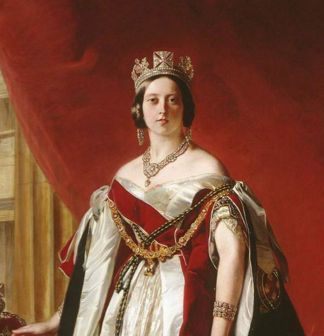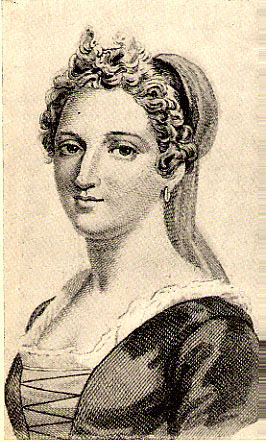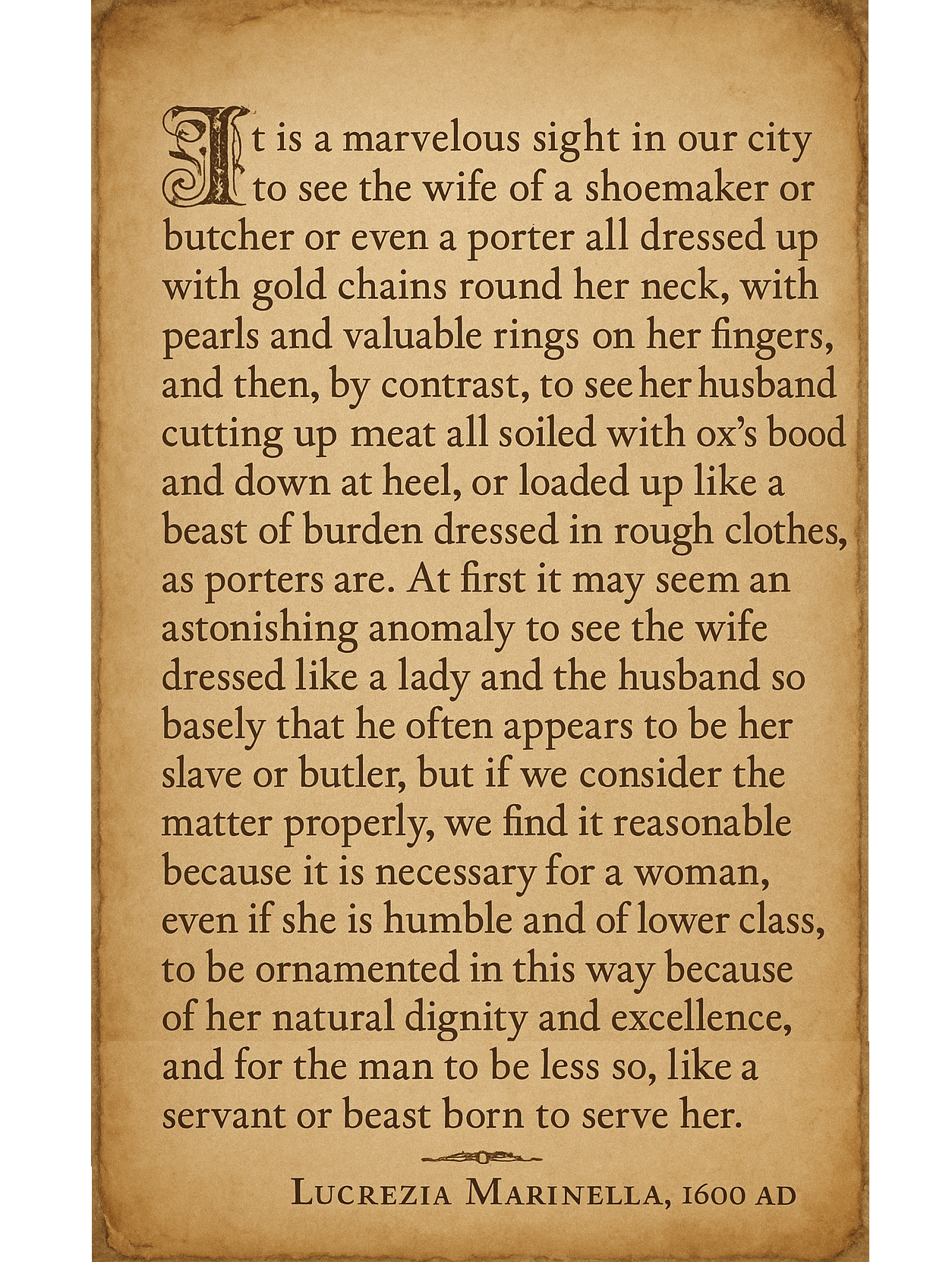While ‘gynarchy’ is a relatively unused term, most by now would have heard of gynocentrism, a versatile term applied to literally anything we consider female dominated, from cultural institutions to gender relations, a term that has proven useful to discussion of gender issues.
Gynarchy, more specifically than gynocentrism, refers to government by and for female interests, including any establishment of laws and bureaucracies that benefit women. As you will see below it has also been described in earlier times as “petticoat government” and is synonymous with what is commonly referred to today as “feminist governance.”
Gynarchy has a long literary application and isn’t a neologism requiring introduction into the language. To get a taste of its value let’s look at some of the historical uses of gynarchy (and its variants gunarchy, gunarchie, gynæcocracy, ginæcocratie, gynecocracy, gynocracy) starting in the 16th century:
1660: That in Gynarchy the wife is not subject, but superior to her husband [R. Coke Power & Subj.]
1737: Gynæcocracy is feminine rule; petticoat government [Universal English Dictionary]
1755: Gynæcocracy: petticoat government; female power [Dictionary English Language]
1758: I have always some hopes of a change under a Gunarchy; where whim and humour commonly prevail. [Chesterfield Letter. (1792) IV. cccl. 159]
1763: Denotes the government of women, or a state where women are capable of supreme command. Such are Britain and Spain. [Dictionary Of Arts & Sciences]
1816: In the fishing villages on the Firths of Forth and Tay?the government is gynecocracy. [Scott Antiq. xxvi. Note]
1838: [Under gynocracy] women enjoy a greater influence… Mr. Hoskins says they seem to lord it over their husbands, and all mercantile transactions are confided to their hands. [Gentl. Magazine]
1886: That social gynæcocracy for which France is famous. [Temple Bar LXXVIII. 509]
1890: So will you best help to maintain the true gynarchy [Blackw. Mag. CXLVII. 264/2]
1903: The government of the American people is not a Republic, it is not a monarchy: it is a gynarchy, a government by the women for the women, a sort of occult power behind the scenes that rules the country.” [Max O’Rell – Philadelphia Record]
Note the hierarchy of gender alluded to in the year 1660 which claims that under gynarchy the wife is not subject to, but superior to her husband, or the 1838 mention of wives being superior to husbands, indicating that gynarchy requires servitude and inferiority of men toward women. These examples indicate that some males, over the centuries, have been taught to serve a gynarchic principle with chivalrous servitude that reinforces the superiority of individual women. We see this chivalrous reinforcement of the gynarchy from the Middle Ages through to the time of Erenst B. Bax and continuing forward to today’s “feminist governance”. Evidence of the latter is all around us; in female-serving male politicians (the vast majority), government funding and entitlement programs, education, and in popular woman-elevating culture. It is helpful to have a word standing for the individual and collective female governance that we can unsheath at quick notice – and this word gynarchy serves us well.
Matriarchy (rule by moms) is an inaccurate term for political hegemony enjoyed by the female sex (because not all females are moms), and similarly patriarchy is an inaccurate term when applied to all males (because not all males are dads) – not that accuracy ever worried feminists who continue to refer to patriarchy when andrarchy would be far more descriptive of their imaginary construct. However unlike the mythic patriarchy that lacks evidentiary backing, historical gynarchy is supported by a mountain of empirical evidence. If we define gynarchy as government by or for women’s interests the evidence shows that most of today’s social institutions are thoroughly gynarchic.
Modern dictionaries usually define gynarchy as a political system governed by women or a woman. For a more complete understanding it’s important to recognise that “the political system” women govern may actually be staffed by male servants called prime ministers, presidents, or politicians who work on behalf of the ruling female gender.1 In her book What’s Right With Feminism Cassandra Langer gives a concise definition that accounts for the proxy role of male leaders: “Gynarchy refers to government by women, or women-centered government.”
References:
[1] Gynarchy by proxy; see also Alison Tieman’s YouTube video When Slaves Ruled which explains this dynamic incisively


